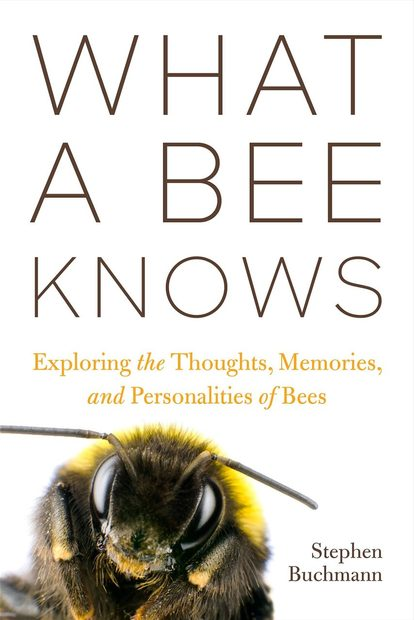adappt.io is now adaptive-emergent (part 3 of 3): software the way Nature intended
- Part one of this series looked at the history from 2015 to 2021;
- Part two explained why adappt.io was given that name.
- Part two explained why adappt.io was given that name.
- In the last part of this series, we look at what adaptive-emergent now represents, the meaning behind the brand, and the paths being pursued.
The Goals of adaptive-emergent
adaptive-emergent now has a more focussed direction:
- Explore agents with minimal rules collectively creating emergent behaviour, mimicking patterns found in Nature
- Encoding this into Holochain-based systems
- Using AI to assist in coding and debugging
- Describing how to do this with the possibility of a Holochain course for middle school students
Let's touch on each of these goals.
Goal 1: What is "adaptive"? What is "emergent"?
Defining these terms is worthy of 1 or 2 blog posts alone, and the whole concept may be best expressed in a whitepaper, which will appear in the "How" section of the website.
If you can't wait, have a look at encycle.com, a company we found when doing a market analysis for RedGrid. Encycle uses swarm logic to efficiently control warehouse temperature.
If you can't wait, have a look at encycle.com, a company we found when doing a market analysis for RedGrid. Encycle uses swarm logic to efficiently control warehouse temperature.
What's in a Name?
With the help of the good folks Sam and Anita at hAppenings, we tried on a few bird related names. When picking a name to exemplify "agent-based swarm intelligence", we recognised that the word "swarm" can have negative connotations (Michael Crichton's Prey and the Black Mirror episode about the bees and especially the one about the hounds).
The ongoing fascination is how Nature can create incredibly complex organisms by scaling up a few simple rules. The result cannot be initially anticipated: this is emergent behaviour.
We eventually took a step back and considered adaptive software, since this approach is not just birds or fish or ants; it is all of them.
 |
| A huge flock of starlings is called a 'murmuration' |
Goal 2: Biomimetic Holochain
As mentioned in part two, Holochain has some interesting properties. You can store your data in an immutable, linked chain like blockchain, but unlike that technology, it is YOUR chain. There is no consensus required, although others can check that your data and your hApp have not been manipulated, with a clever warrant system that mimics white blood cells isolating an intruder.
In fact, Holochain presents a lot of properties found in Nature. The "holo" part is from self-similarity; a fern leaf frond looks like a fern leaf, as does a smaller clipping of the frond. Nature is fractal. This whole path was sparked when a 22-year-old Mike picked up the book "The Fractal Geometry of Nature" by Benoit Mandelbrot, but that is for another blog post...
You can immediately start building business value with a few nodes of a peer-to-peer network, instead of the old way of spinning up an AWS tenancy and bringing in an army of consultants. In fact, if an agent's behaviour and mission is encoded in its "DNA", it doesn't need a server at all.
| A fern's self-similarity |
In 2019 RedGrid applied to the Biomimicry Institute's annual Ray of Hope award. We didn't win, but it was a useful exercise for us to see the competitors. Almost all were in materials science, reproducing the streamlined kingfisher dive into water, or buildings cooled with tiles inspired by elephant skin.
We also connected with Janine Benyus and Biomimcry 3.8 (so named because Nature has been designing for 3.8 billion years, so just maybe there is something to learn from Her? Although when pitching to a Catholic Archdiocese, I tapered off the talk, quickly trying to remember who prefers the date 4004 BC).
For our UK listeners, check out Richard James MacCowan's Biomimicry Innovation Lab website, offering courses, speaking engagements, and job opportunities.
Goal 3: AI assisted software development
Another series of posts, as both the demo and the website were creating using claude.ai to encode ideas and help refine. At this point in history, you still need to know exactly what you want, and have some coding experience, but these two skill are shifting.
It feels like this methodology (even though it is 3.8 billion years in the making) is poorly understood or adopted. It is an interesting way to approach problems in scaleability, complexity, and maintainability, and we have found users have an affinity to the subject, even if they are diehard urban dwellers. It is also an opportunity to educate the use of Holochain.
Future Plans
There is so much to say and discover on this topic, we hope to bring you along on our journey. The first is get the demo running; at this writing we have the graphical front bit and a Holochain back end working, we just need to tie these together.
More blog entries will look at the characteristics of different natural group behaviours and how Holochain fits in. We will take you through building a simulation using tools and Claude.ai, or whichever AI we find that does the job better.
We are at the start again, with beginner's mind, on the road to discovery. 3.8 billion years later 😊




Comments
Post a Comment